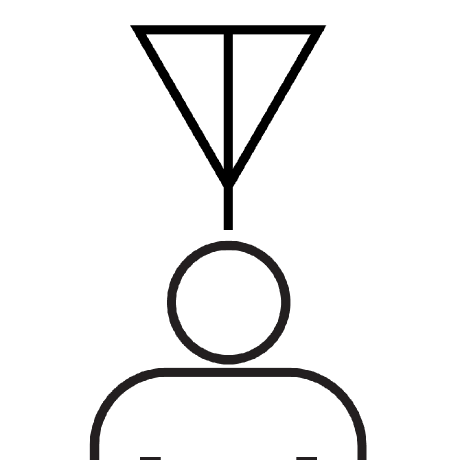Blockchain Release: Snapshot Loading and Storage Improvements
The core developers have tagged a new 2021.12.29.2 Hotspot firmware release which includes
recommended improvements in blockchain-core specifically in how Snapshots are loaded and
blocks are stored locally on Hotspot disks.
Snapshot Loading
As the chain continues to grow in size and more Hotspots come online, Snapshots are starting to become larger than 300 megabytes which make it difficult for some Hotspots to load them entirely into memory. This change to Snapshot loading allows these files to be streamed from disk in pieces and reduce the overall memory requirements for bootstrapping a node. This is important as some Hotspots will reset their local storage and restart syncing blocks from a Snapshot in order to clear room for future blocks.
As a reminder, Snapshots are still generated on-chain by Validators when they come to agreement. The
last chain blessed snapshot was created at block height 1156321 or around
2021-12-28 04:07:07 UTC.
Blockchain Garbage Collection
The longer a Hotspot remains online and follows the blockchain the more storage space it will consume. Most of this storage space is dedicated to storing blocks from the blockchain, but since blocks are less useful the older they are, a long-running Hotspot will eventually run out of space storing blocks that it doesn't need. Previously, manufacturers have exclusively handled out-of-space situations by completely removing the Hotspot's blockchain database and rebuilding it anew by downloading a recent Snapshot and re-syncing. During the sync process, however, the Hotspot is unavailable to participate in Proof-of-Coverage challenges or to route device data -- the very things that make a Hotspot valuable to the network.
To help reduce the frequency and duration of these blockchain database rebuilds and re-syncs, there
are two configurable items in the miner process which will enable garbage collection of old blocks
at miner startup. These variables are:
- a
BLOCKCHAIN_ROCKSDB_GC_BYTESenvironment variable (not set by default), and - a
blocks_to_protect_from_gcvariable in the blockchain section ofsys.config(current default: 10_000)
At startup, the miner will check for the presence of BLOCKCHAIN_ROCKSDB_GC_BYTES. If it is
present, its value will be parsed as an integer and the miner will examine its blockchain database
and attempt to prune this many bytes of unneeded blocks from the database. However, the garbage
collection process will always keep the most recent blocks_to_protect_from_gc blocks in storage,
even if the BLOCKCHAIN_ROCKSDB_GC_BYTES limit hasn't yet been reached, to ensure the Hotspot
retains enough recent blocks to function properly.
This should reduce the number of times a Hotspot will need to do a full reset from a Snapshot, reducing the time a Hotspot will be unable to perform Data Transfer or Proof of Coverage.
Additional Updates
-
The core developers have also modified
transfer_hotspot_v2transaction support to ensure that the owner of the hotspot is the fee payer for the transaction and guarded this change behindtransaction_validity_versionchain variable. Future updates will be posted to outline the time for activation. -
This release also contains POC-V11 related performance improvements to prepare for updating the LoraWAN parameters in the near future.
-
Finally, the core developers have also fixed a few long standing sync stall bugs that potentially prevented nodes syncing from the genesis block with full validation.
Related PRs
- blockchain-core#1178: Fix snapshot install
- blockchain-core#1175: Allow snapshot to be stream loaded from disk
- blockchain-core#1172: Make region check compatible with previous versions
- blockchain-core#1163: Read through var cache and rewards var pre-caching
- blockchain-core#1160: Repair chain if genesis block is missing
- blockchain-core#1149: Change
fee_payerfortransfer_hotspot_v2to owner - blockchain-core#1144: Handle plausible block edge cases
Plan
We have been beta testing 2021.12.29.2 since December 29, 2021 05:30 PM PT. Current ETA for GA is
04:30 PM PT, December 30, 2021.


